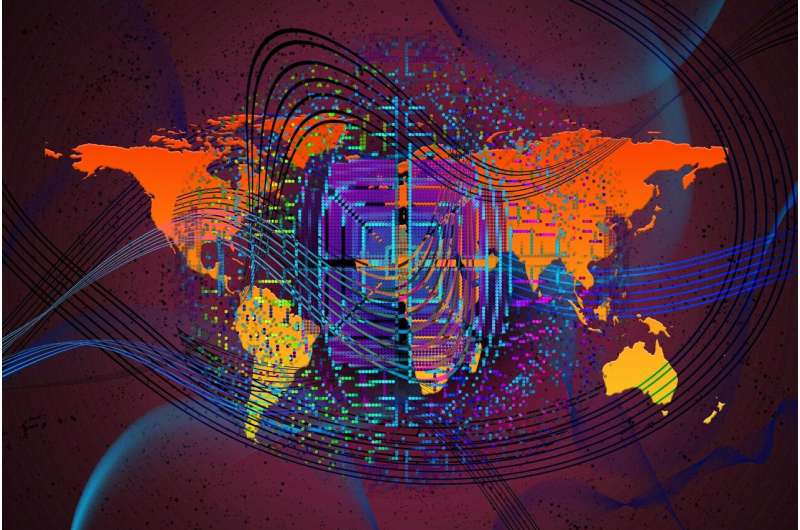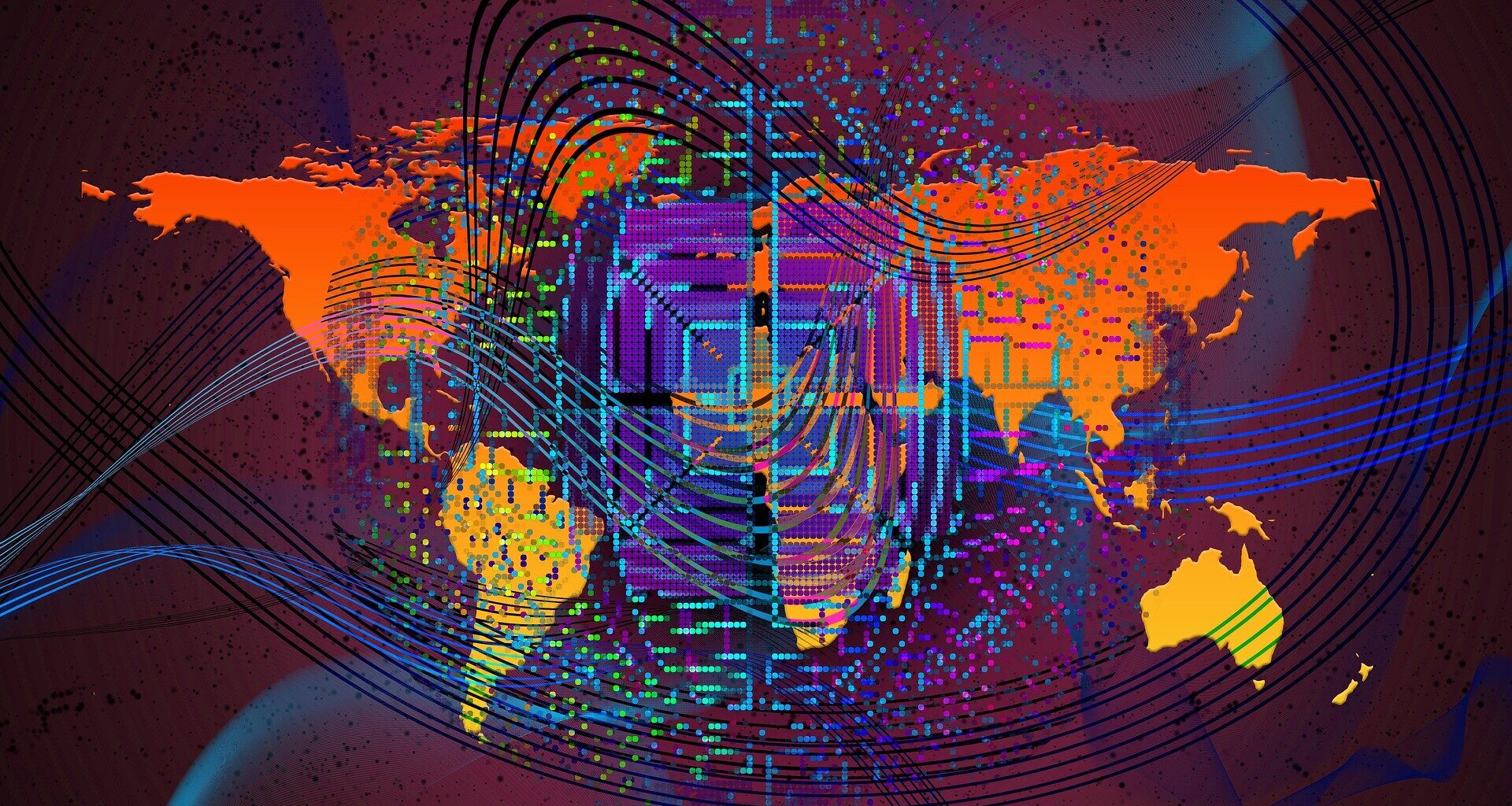
Credit: Pixabay/CC0 Public Domain
A major breakthrough in quantum technology was achieved in October 2024: the first-ever quantum satellite communication link between China and South Africa. The connection spanned a remarkable 12,900 km: the longest intercontinental quantum communication link established to date. The longest before this was 7,600 km and within the northern hemisphere only.
It was achieved with quantum key distribution, a method for a sender and receiver to share a secure key that they can use to safely send messages. Any interception during transmission leaves traces that can be detected. It involves sending single photons (tiny particles of light).
If someone tries to intercept the photons, the photons get disturbed because of quantum physics. Quantum physics is the study of matter and energy at the most fundamental level. Sender and receiver use only undisturbed photons, making the key to the message ultra secure. The key can be sent via optical fiber or free-space, including satellites.
Quantum communication can be used to send data in many sectors such as the government, military and financial sectors.
I’m part of the group of quantum physics researchers who created a secure, real-time quantum link between Beijing in China and Stellenbosch University in South Africa. It’s the first quantum satellite link in the southern hemisphere. It’s also the first secure quantum communication between the northern and southern hemispheres.
The connection enabled the secure transmission of encrypted images, relying on the unique principles of quantum physics.
With this achievement, South Africa has joined the frontier of quantum communication. It’s a step towards an eventual fully integrated, secure and global quantum internet.
What we achieved
As researchers, we are interested in developing optical systems to deploy quantum communication links.
Our primary focus is on satellite-based quantum communication. Satellite links are vital for developing a secure quantum communication network since they work over distances of several thousand kilometers. Fiber networks on the ground have distance limitations.
We design instruments (optical payloads) capable of generating and detecting entangled photons in orbit.
Our work bridges quantum optics, aerospace engineering and communication theory to realize scalable, high-performance quantum links between ground stations and satellites.
To set up quantum communication links between China and South Africa, a microsatellite called Jinan 1 was launched into low Earth orbit, and a portable optical ground station was set up. This is basically a movable device equipped with a powerful telescope and special detectors that detect the encoded photons sent from the satellite.
The ultra-secure quantum satellite link between China and South Africa was achieved during a single pass of the satellite over the optical ground station. It was not only the longest quantum satellite link but also the most secure that’s been achieved. The key, the undisturbed photons, consisted of 1.07 million bits (units of data).
Discover the latest in science, tech, and space with over 100,000 subscribers who rely on Phys.org for daily insights.
Sign up for our free newsletter and get updates on breakthroughs,
innovations, and research that matter—daily or weekly.
Why this matters
Traditional secure communication methods rely on mathematical algorithms and the computational difficulty of solving certain problems, such as factoring large numbers. In contrast, quantum communication draws its security from the fundamental laws of physics. Such laws include the no-cloning theorem. It states that it is impossible to make an exact copy of an unknown quantum state and that the observer effect (measurement disturbance) of measuring a quantum state changes it. This makes eavesdropping detectable.
Quantum key distribution allows two parties to share encryption keys in a way that detects any attempt at eavesdropping. The keys are encoded using quantum states, typically single photons, and transmitted through optical fibers or free-space links. While fiber-based systems suffer from signal loss over long distances, satellites offer a promising solution by operating in the low-loss environment of the upper atmosphere and outer space.
Quantum satellite communication is a step towards building a global quantum internet—an interconnected network that enables secure communication, quantum computing, and sensing across continents.
The success of Jinan-1 points the way towards networks of quantum microsatellites, making secure global communication a real possibility.
Moving forward
There are major opportunities for both industry and policymakers.
For businesses, especially in sectors like finance, defense and health care, these links enable ultra-secure communication systems that are resistant to hacking even from future quantum computers. This allows companies to protect and communicate sensitive data.
For policymakers, it presents a chance to strengthen national security, and set global standards for responsible use. Similarly, investment in research and education to build a skilled workforce.
It also encourages international cooperation, as countries work together to create a secure communication network.
Overall, quantum satellite links could reshape how the world communicates, making privacy and security more reliable than ever before.
Provided by
The Conversation
This article is republished from The Conversation under a Creative Commons license. Read the original article.![]()
Citation:
South Africa and China set up a quantum communication link: How we did it and why it’s historic (2025, August 11)
retrieved 12 August 2025
from https://phys.org/news/2025-08-south-africa-china-quantum-communication.html
This document is subject to copyright. Apart from any fair dealing for the purpose of private study or research, no
part may be reproduced without the written permission. The content is provided for information purposes only.
